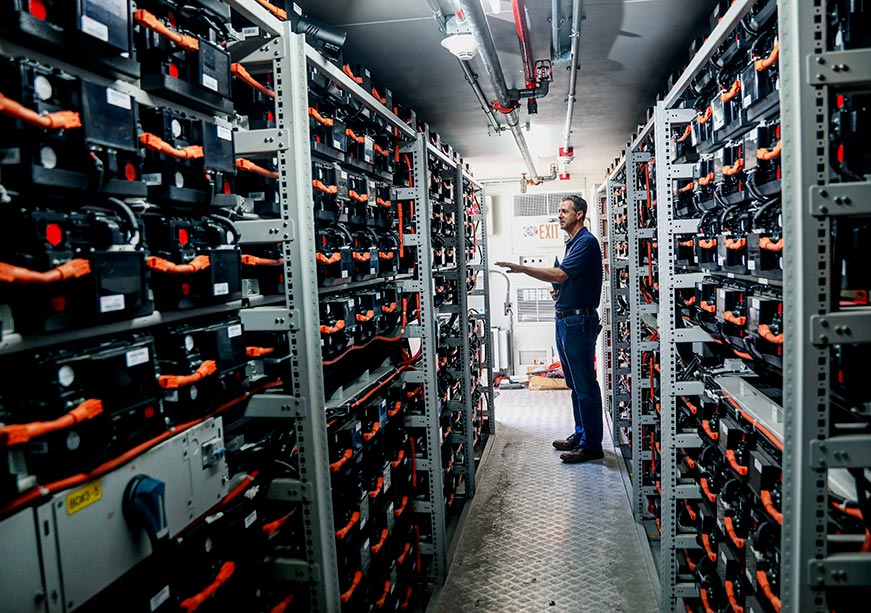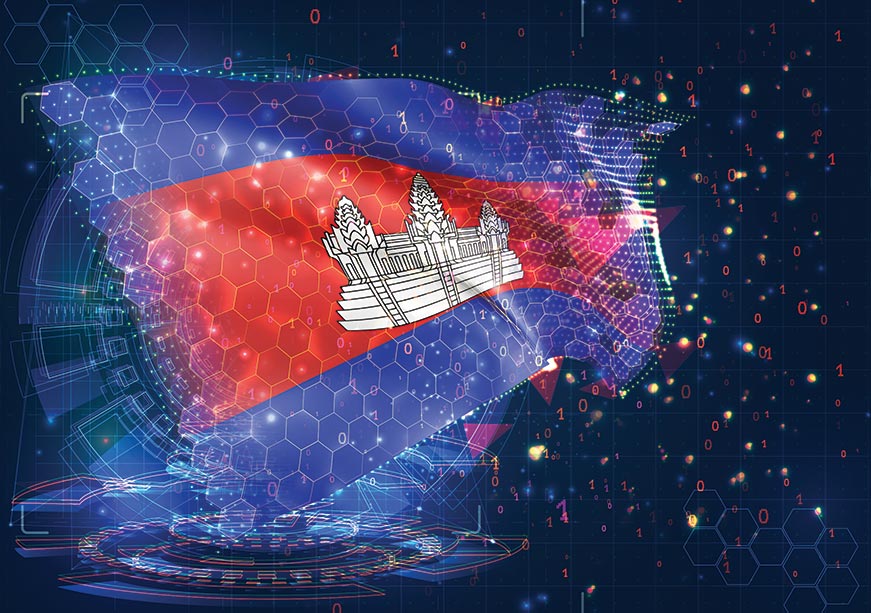The 44th ASEAN Summit held from October 6 to 11 in Vientiane, Laos, highlighted mounting regional concerns, especially Myanmar’s worsening crisis. Since the military coup in 2021, Myanmar has been in turmoil, and despite multiple efforts, including ASEAN’s Five-Point Consensus, there has been little progress towards stability. The civil war is not only ravaging Myanmar, but also challenging ASEAN’s credibility as a regional bloc committed to peace and stability.
The situation in Myanmar
Myanmar remains engulfed in a brutal civil war between the military junta and various resistance groups, including Ethnic Armed Organisations (EAOs) and the People’s Defence Forces (PDFs). The junta, which forcibly took control after toppling the democratically elected government of Aung San Suu Kyi, faces widespread armed resistance. The resistance groups now control significant swathes of territory, including six major border trade routes. The military’s efforts to quash the rebellion have led to violence, displacing hundreds of thousands and creating a humanitarian crisis. More than 18.6 million people, including 6 million children, are in need of assistance, according to the United Nations.
The resistance groups now control significant swathes of territory, including six major border trade routes.
The failure of the junta to cooperate with international peace efforts has exacerbated the conflict. The military continues to label opposition groups as terrorists and has shown little interest in holding genuine negotiations. In 2021, ASEAN broke its long-standing non-interference policy in response to the coup in Myanmar, recognising the breach of the ASEAN Charter regarding the rule of law and governance. However, its attempts to implement the 2021 Five-Point Consensus, which calls for an end to violence, inclusive dialogue, and humanitarian assistance, remain largely unheeded, revealing the limitations of regional responses.
Earlier, ASEAN tried to exclude Myanmar’s military leaders from high-level summits due to the country’s non-compliance with the Five-Point Consensus. However, this time, after three years of boycotting the summit, Myanmar sent Aung Kyaw Moe, a senior official from Myanmar’s Foreign Ministry, to Laos. This highlights ASEAN’s need to keep dialogue alive and shows a pragmatic shift in its approach. It also indicates the junta’s willingness to participate in ASEAN dialogues and signals that it is not entirely avoiding the bloc’s engagement efforts.
Some ASEAN members, such as Indonesia, Malaysia, and the Philippines, continue to push for stronger action, while others, such as Thailand, Cambodia, and Laos, maintain closer relations with the military government. The principle of consensus-based decision-making complicates matters, as it necessitates unanimous agreement, resulting in diluted and slow responses to the crisis. Thailand’s recent proposal to host informal talks later this year with the Troika involving Indonesia (previous chair), Laos (present chair), and Malaysia (future chair) illustrates an attempt to break the diplomatic impasse. However, without the full involvement of all the stakeholders in Myanmar, including the National Unity Government and the EAOs, such efforts may not succeed. For instance, Thailand’s humanitarian corridor operates only with the junta’s consent in areas under its control. To move forward, engaging non-state actors will be crucial for ASEAN to craft a more inclusive and effective dialogue.
India’s Myanmar policy
During the 21st ASEAN-India Summit and the 19th East Asia Summit, Prime Minister Narendra Modi emphasised ASEAN’s centrality and the Five-Point Consensus while encouraging continued engagement with Myanmar. India’s approach to Myanmar is closely tied to its Act East Policy. Myanmar is a pivotal land bridge between India and other ASEAN countries, and its stability is crucial for India’s bilateral and regional interests. India shares a 1,643 km-long border with Myanmar, so it needs to balance security concerns regarding cross-border militancy and illegal activities by maintaining relations with Myanmar’s military regime while supporting democratic processes through diplomacy.
Myanmar is a pivotal land bridge between India and other ASEAN countries, and its stability is crucial for India’s bilateral and regional interests.
India is involved in regional connectivity projects such as the Kaladan Multi-Modal Transit Transport Project and the India-Myanmar-Thailand Trilateral Highway to enhance trade and connectivity. Recently, both nations signed five Memorandums of Understanding under the Quick Impact Projects framework, focusing on agricultural development, vocational training, disaster management, and education. With India’s $250,000 grant, these projects aim to enhance Myanmar’s socio-economic development, but Myanmar’s political instability will likely challenge its success.
Concerns over regional stability and refugee influxes have led India to discontinue the Free Movement Regime and fence the border. As the Central government faces resistance from various State governments regarding this move, India is walking a tightrope.
New Delhi is also considering broader engagement with various stakeholders in Myanmar, which would help it safeguard its strategic interests, while also contributing to peace and stability in Myanmar. The effectiveness of this strategy will depend on the evolving undercurrents within Myanmar and India’s ability to engage meaningfully with all the parties involved. ASEAN and India will need to adopt a more inclusive and pragmatic approach towards Myanmar — one that involves all key stakeholders.
This commentary originally appeared in The Hindu.
The views expressed above belong to the author(s). ORF research and analyses now available on Telegram! Click here to access our curated content — blogs, longforms and interviews.




 PREV
PREV



